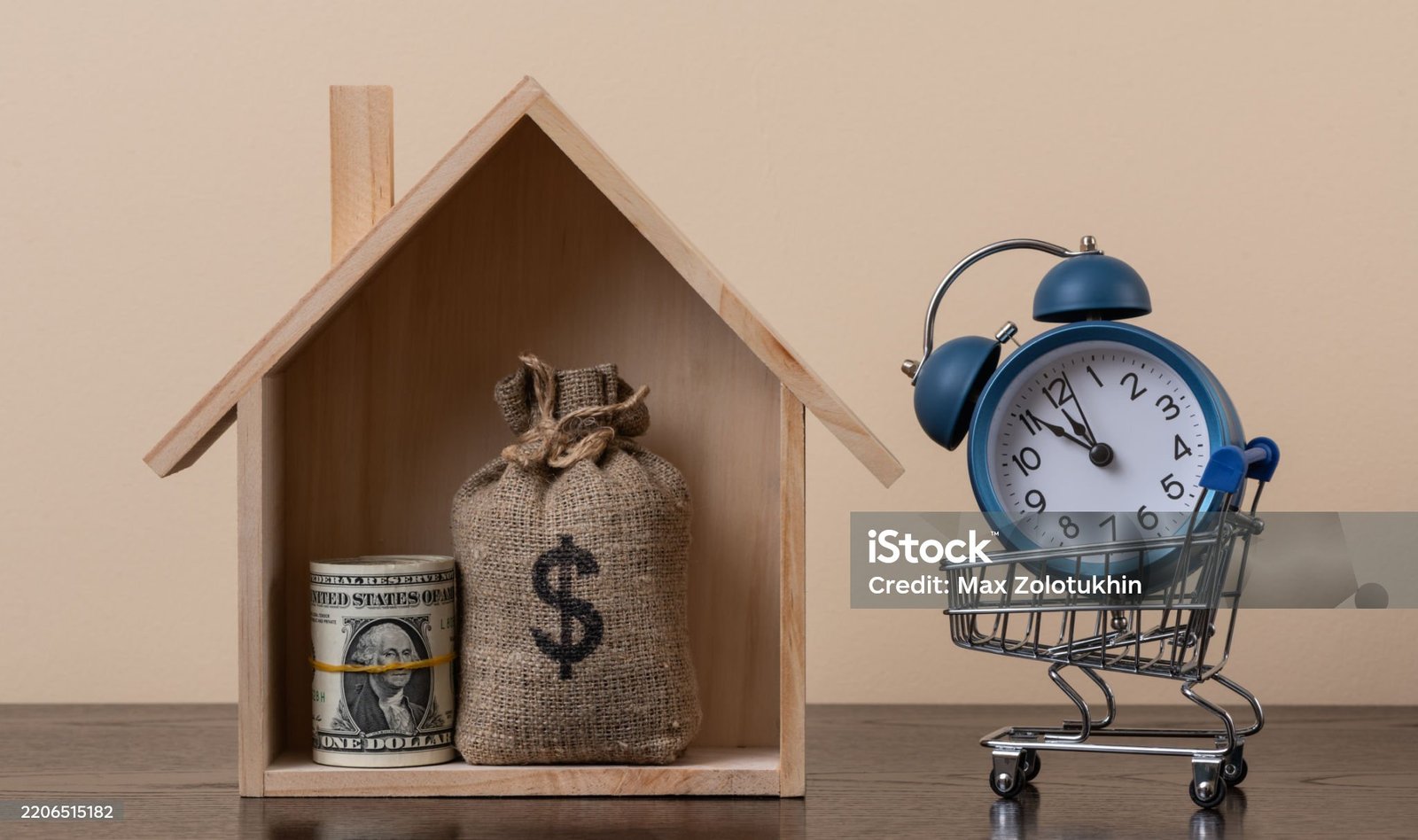
Newsletter Subscribe
Enter your email address below and subscribe to our newsletter


Enter your email address below and subscribe to our newsletter

Buying your first home? You’ve probably heard a bunch of mortgage terms flying around — preapproval, amortization, default insurance — and it can all feel like learning a new language. Don’t worry. This guide is here to translate everything you need to know into plain English, so you feel confident and in control from start to finish.
Let’s break down all the key mortgage concepts every Canadian first-time buyer should know.
Before you dive in, you’ll want to confirm whether you actually qualify as a first-time homebuyer. Most federal and provincial programs define you as a first-time buyer if you (or your spouse/common-law partner) haven’t owned a home that you lived in within the last four years. But eligibility can vary slightly depending on the specific incentive, so it’s best to speak with a mortgage advisor to confirm you meet the rules for each.
Why does it matter? Because first-time buyers get access to special perks like rebates on land transfer tax, the First Home Savings Account (FHSA), and more lenient down payment options.
At its core, a mortgage is simply a loan that helps you buy a home. The home you’re buying acts as the security for the loan. You borrow a certain amount from a lender, agree to pay it back with interest, and the lender registers the loan against your property.
There are two common types of mortgages in Canada:
Your down payment is the chunk of money you pay upfront when buying a home. In Canada:
A down payment of less than 20% means you’ll need mortgage default insurance. While 20% down lets you skip that insurance, it’s not always the best strategy — sometimes buying sooner with a lower down payment makes more sense depending on your market and financial goals.
Getting preapproved means a lender has reviewed your finances and given you a ballpark budget for home shopping. Here’s what typically happens:
Heads-up: Preapproval isn’t a guarantee — you’ll still need to qualify based on the actual property you buy.
Mortgage rates aren’t just numbers — they shape how much you’ll pay each month. Here’s the basic difference:
There are also hybrid options like adjustable-rate mortgages (ARM) and capped VRMs (Variable Rate Mortgages) — ask your mortgage advisor which suits your situation best.
These two terms often confuse buyers, but they refer to totally different things:
So you might have a 5-year term on a mortgage that amortizes over 25 years — meaning you’ll renew five times before the mortgage is fully paid off.
If you put down less than 20%, your lender is required to get mortgage default insurance (often called CMHC insurance). This protects the lender in case you stop making payments — and allows you to qualify for a mortgage with a smaller down payment.
This insurance is paid by you, usually rolled into your mortgage amount. The cost ranges from 2.8% to 4% of the mortgage, depending on your down payment.
Tip: Some savvy buyers choose to pay 19.99% down and cover the insurance cost out of pocket to get the best of both worlds — the lowest insured rate and no interest on the insurance premium.
Buying your first home is a major milestone, but the lingo doesn’t have to stand in your way. Understanding mortgage terms — from down payments to amortization — helps you make smarter, more confident decisions.
Still unsure about something? That’s what mortgage advisors are for. Book a call, ask your questions, and get real answers from someone who knows the market.